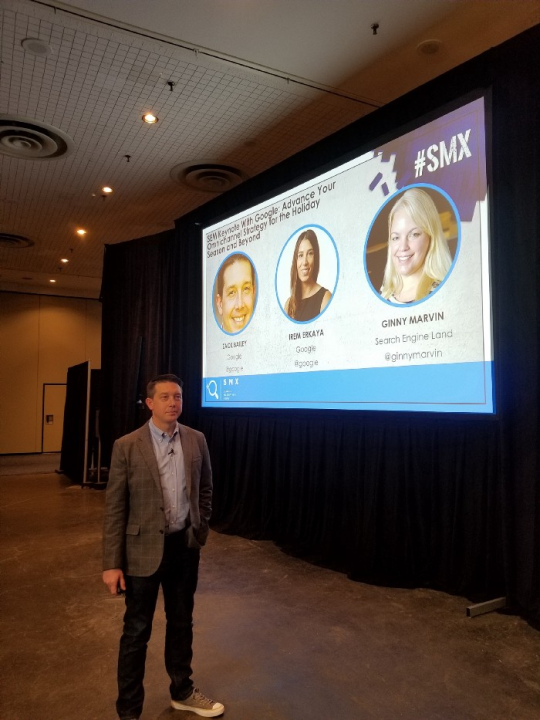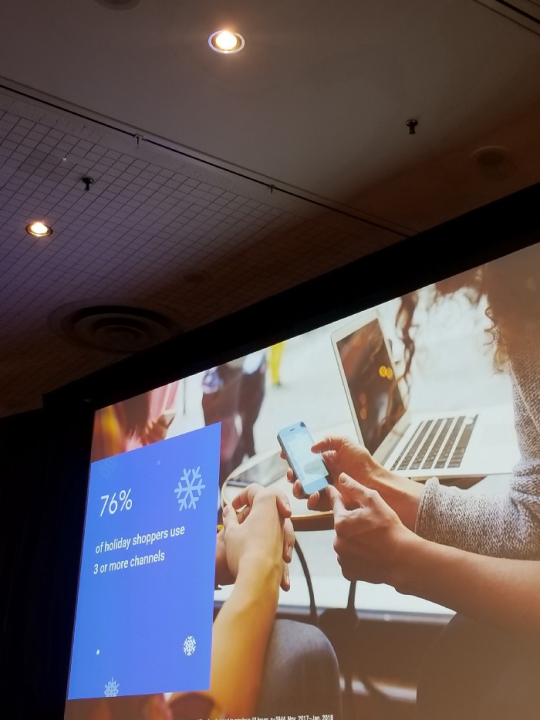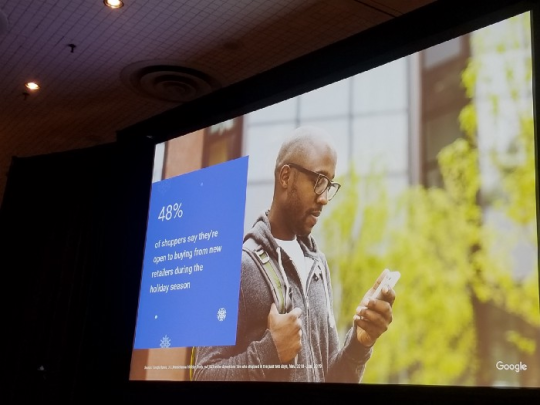Ways to Improve Marketing in the EdTech & E-Learning Space

EdTech and E-Learning companies are doing great work. However, I have identified a gap in their marketing strategy that could leave them vulnerable to competitors. None and in some cases very few of the people in the Marketing function of the organization were former Teachers. You can do a search on LinkedIn to verify this.
I acknowledge that EdTech and E-Learning has former Teachers in the Sales and PD functions.
Why it is not Good enough to just place Teachers in Sales
Sales teams have to use consistent company messaging when presenting products to prospects and customers. Also, PD teams are not skilled at Sales and objection handling.
Market Research /SWOT
One Company, a major competitor of all of the others in the space, has Teachers working in every Marketing function which is an edge they can use against the company in a “we were Teachers once” Marketing campaign.
Teachers need to be in the Marketing function of the organization because they are the practitioners who can make the product messaging more credible and compelling. This new improved messaging will help build connection with the buyer because the buyer sees a Teacher-to-Teacher connection.
Our Teacher’s, Students & School administrators deserve better resources that are constructed by former Teachers at every level.
Why Hire Teacher practice experts in Marketing?
- They are the customers and understand the pain points better than any market research -should be in leadership roles
- Healthcare does this with Doctors, Dentists
- Tech does this with programmers and engineers.
Why not EdTech!
Additional Teacher Skill sets that will be useful in Marketing
- Can increase Sales because they are the customer and understand the pain points because they have experienced them in the job
- understands how people learn
- skilled at tailoring content for understanding based on learning needs
- Today’s marketing is about educating customer and earning the right to market to them as teachers can educate customers
- This is the best market research/ buyer persona there is!
My Unique Value Proposition to EdTech and E-Learning Companies
I would be an excellent fit for a Marketing role due to the following:
- Teacher Practice expert with 6+ years of experience (SPED & GEN ED, part time, Adult ED and full-time experience)
- Former Outside Sales Rep which allows me to create messaging to preemptively stop most sales objections
- Can help with Sales Enablement/coaching/go on selected sales calls to improve the sales process
- Experienced EdTech Marketer
- Can build a better talent brand by building out your career site with employee stories
- Create and establish new markets along with helping to create new product offerings that complement existing ones
- Experienced online audience builder
- I have built up a large audience with 19, 000+ followers on WordPress
- 24,000+ followers on LinkedIn along with a following of 3,900+ on an EdTech Twitter handle @NYEDTechTeacher
- Understand the customer behavior and pain points of Teachers and Principals
Support I need from EdTech & E-Learning Companies
I am asking EdTech and E-Learning companies for the opportunity to come on-site to speak about my qualifications. This will help me demonstrate how I can help them improve the learning experience of our students.
Support I need from Teachers, Principals, and Superintendents
Teachers, Principals, and Superintendents, comment below about the improvements you would like to see from EdTech & E-Learning companies. Please share this article and ask for change. I can’t do it alone. If I can join the Marketing function, I will help to improve EdTech and E-Learning to help the learner of tomorrow.
It is all about making our students lives better.
Thank you in advance for your help.
Here are the slides.
Steps EdTech/E-Learning can Take to Improve Learning for Teachers & Students
from
Additional EdTech and E-Learning Resources
How to Customize Presentations & content to Buyer learning Styles
from
https://www.linkedin.com/pulse/edtechs-guide-marketing-growth-dan-galante
https://www.linkedin.com/pulse/how-edtech-can-gain-market-share-teacher-tomorrow-dan-galante-cmo
https://www.linkedin.com/pulse/how-edteche-learning-can-improve-learning-teachers-students-galante
https://www.linkedin.com/pulse/ways-optimize-presentations-content-buyer-learning-styles-dan-galante
https://www.linkedin.com/pulse/how-tech-disrupting-education-dan-galante
About the Author
Dan is passionate about using Marketing to help businesses drive sales. HubSpot Certified in Inbound Marketing, Dan has worked on various marketing assignments including Start Ups, a Political Campaign anda Digital Marketing Conference.
Prior to teaching, Dan served customers as an Outside Sales & Marketing Rep in NYC. In this role, he taught and trained Dentists on the company’s products & services using a consultative selling approach combined with direct marketing. He also supported the company’s marketing efforts at industry trade shows.
He writes and publishes a business blog on the topics of Sales, Marketing and Social Media entitled Sales, Marketing & Social Media Today; which has grown to 24,000+ followers on LinkedIn and 19,000+ on WordPress.
Dan is seeking a full-time marketing role in EdTech Marketing. He is willing to create and build out the Marketing function of your organization if it does not exist. If your company is hiring for roles in these areas, contact him directly via a free LinkedIn Message or email him at Dan@DanGalante.com to set up interviews.











